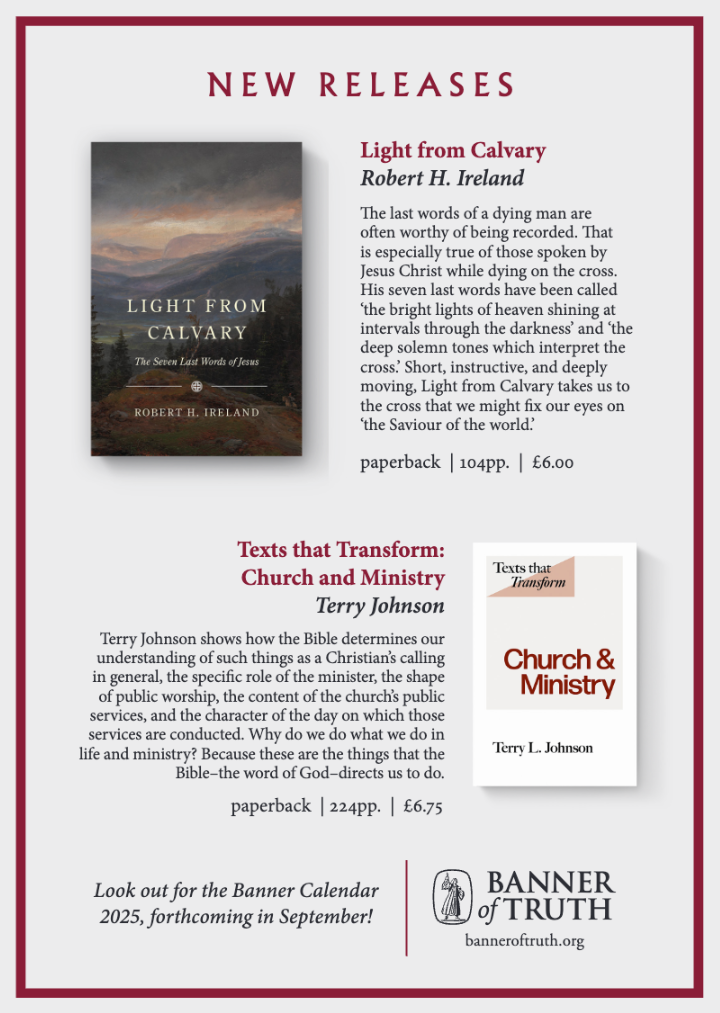A century ago, Wales experienced that last national religious revival – an awakening whose influence was felt in the four corners of the world and (according to the estimates of the time) brought in 100,000 new converts.
Yet this great movement of the Spirit had small beginnings – that did not always involve the great preachers of the day, erudite and educated as they were, but included, for instance, a young teenager from New Quay named Florrie Evans.
At a youth meeting in February 1904 she declared publicly that she loved the Lord Jesus with all her heart. With these words the Spirit seemed to fall on the meeting and the fire quickly spread to other young people in the Cardiganshire area.
On Thursday 29 September of the same year, evangelist Seth Joshua was addressing a convention at Blaenannerch, five miles north of Cardigan, attended by these same young people. Seth himself had been praying for years that God would raise up a young man from the pits to revive the churches.
Little did he know that his prayer was to be answered that day in a life-changing experience for a 26-year-old student, Evan Roberts.
Evan Roberts
Evan Roberts was born in 1878 in the small town of Loughor in Glamorgan, 7 miles from Swansea. Having left school at 11, he worked with his father at the colliery until he was in his early 20s. Then, for a short time, he became a blacksmith’s apprentice with his uncle in Pontarddulais.
For years Evan had been a faithful member of Moriah Calvinistic Methodist Church at Loughor. He was a Sunday school superintendent, a conscientious reader of the main theological works of his day, and had been praying for revival for over 11 years.
Having been converted as a boy, he continued to pray regularly that God would visit the nation again in revival power. Determined to do his part, he felt compelled to go into the Calvinistic Methodist ministry and, on 13 September 1904, he became a pupil of the Newcastle Emlyn Grammar School to prepare himself for entry to Trefecca Theological College.
It was only two weeks after arriving that he found himself at Blaenannerch – and at a crossroads in his spiritual life. His spiritual experience that day would lead him back to the young people of his own church, Moriah, Loughor, to share what God had done for him and encourage them also to be open to God’s Spirit.
Spiritual storm
Within two weeks the Welsh Revival was national news. Before long, Evan Roberts, his brother Dan, and his best friend Sidney were travelling the country conducting revival meetings – meetings that broke the conventional mould and bypassed all tradition. Frequently, the ministers just sat down, feeling unable to preach – or even understand the spiritual storm that swept their usually sedate churches.
This was a revival with youth on fire – young men, yes, and women too. After the first stirrings amongst the young women of New Quay, such women continued to play a part in the revival work.
Florrie Evans went on a team to North Wales with her friend Maud. Others used their voices as instruments of God’s message and among the best known was Annie Davies Maesteg who accompanied Evan Roberts on his missions.
Yes, a storm had hit the churches – a storm of love and power which completely transformed their lives. People were changed in many ways. The crime rate dropped, drunkards were reformed, pubs reported losses in trade.
Bad language disappeared and never returned to the lips of many. It was reported that the pit ponies failed to understand the commands of the born-again colliers as they spoke the new language of Zion without the curses and blasphemies to which the animals were accustomed.
Even football and rugby lost their attractions in the light of new joy and lifestyle of the converts.
Affecting the world
Colliers, tin-miners and working-class people of all kinds expressed their joy in many ways. There were many original prayers, for example. But perhaps what most captured the feelings of those affected was a song sung by Sam Jenkins, a tin plate worker from Llanelli – a song translated at the time from English to Welsh -Can y Rebel ‘Am Achub hen rebel fel fi’, ‘For saving an old rebel like me’.
The revival storm that hit the hills and valleys of Wales in the dying months of 1904 soon became a hurricane that affected the world. Visitors from France, Turkey and the USA, to name but a few, came to visit.
As they ‘caught the flame’ they passed it on to new countries. Welsh communities throughout the world felt the effects, and news of God’s powerful work soon had many other churches praying that God would visit them also – the Khasia Hills in India being a perfect example of this prayer being answered.
The public excitement of the revival had died down by 1906. Evan Roberts went to Leicester to recuperate. The newspapers went back to politics and other things. But for many, the honeymoon of those two years developed into a lasting and loving relationship with the risen Christ that continued throughout their lives.
Some years ago an elderly revival convert was asked whether the revival stopped in 1906. She answered, ‘No, it’s still burning in my heart; it’s never been extinguished’. It had burned for over 70 years.






